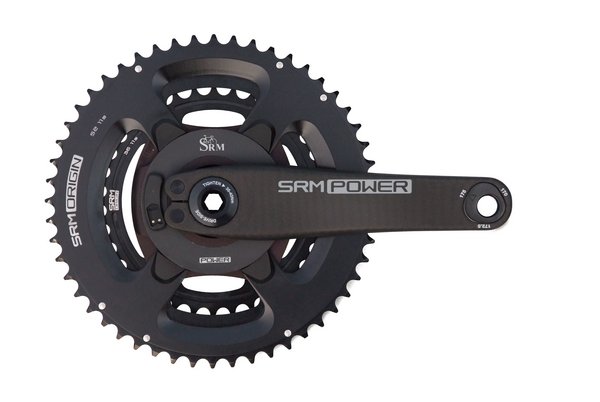Thanks to advances in technology and market competition, prices of power meters have dropped significantly over the past several years. Some measure power at the rear hub, others at the crank spider, others still work through the crank arms or pedals. As in any other product, the price generally determines how many goodies you get with it but if I were on the market for one, I would choose the most accurate device available for my budget – with weight being another, secondary consideration.

Pedal power meters are appealing because they are easy to swap from bike to bike and are easy to fit. They are available in single- and dual-sided versions, with the latter having the advantage of independently measuring the left-right power balance and calculating pedal smoothness and efficiency.
The most attractive of a wide range of dual-sided pedal power meters on the market may be the Favero Assioma Duo. It’s lighter, cheaper and more accurate than the competition and it protects the electronics from getting damaged by falls or impacts, which makes it easier to maintain over time. The price is £649.00. Due to the coronavirus epidemic, the company has temporarily halted shipping. If you can’t wait, check out online dealers such as https://www.powermetershop.de/
The Power2Max NGeco is a spider-based power meter, which means that compatibility may be a problem. However, the manufacturer simplifies things by offering them according to the make and model of the crank you’re using. Cyclists can choose from myriad crank options, depending on their budget, and the Power2Max measures both pedal strokes independently, which is an advantage over those that collect data from the left side only. It sells for $590 directly from the manufacturer.

The least expensive reliable power meter may be the crank-based 4iii Precision. It’s light (just 9 grams), offers a battery life of 100+ hours, a choice of single- or dual-sided measurement and the company claims it is 99 % reliable.
Unfortunately, the product comes in just three off-the-shelf options in the form of Shimano Dura-Ace, Ultegra and 105 but you can send your own crank directly to 4iiii Innovations to have a power pod retrofitted (called ‘Factory Install’). You should also be aware of compatibility issues related to crank clearance at the chainstays. 4iiii Innovations recommends checking this before ordering. And the price? From £399 to £599.

And, finally, if you’ve got an extra £1,750 lying around doing nothing, you will definitely want to give it to SRM for its Origin power meter, widely considered the gold standard on the market. After producing primarily spider-based power meters for three decades, SRM recently launched this more compatible three-piece crank system, which can accommodate many frame/bottom bracket setups.
For your money, you get crank arms, the spider and spindle, a choice of carbon or aluminium (the latter offers crank length options between 160-175 mm), a 3-year warranty, a rechargeable battery with 100 hours of charge, and 99 % accuracy. If you want – and can afford – the best, buy it.




